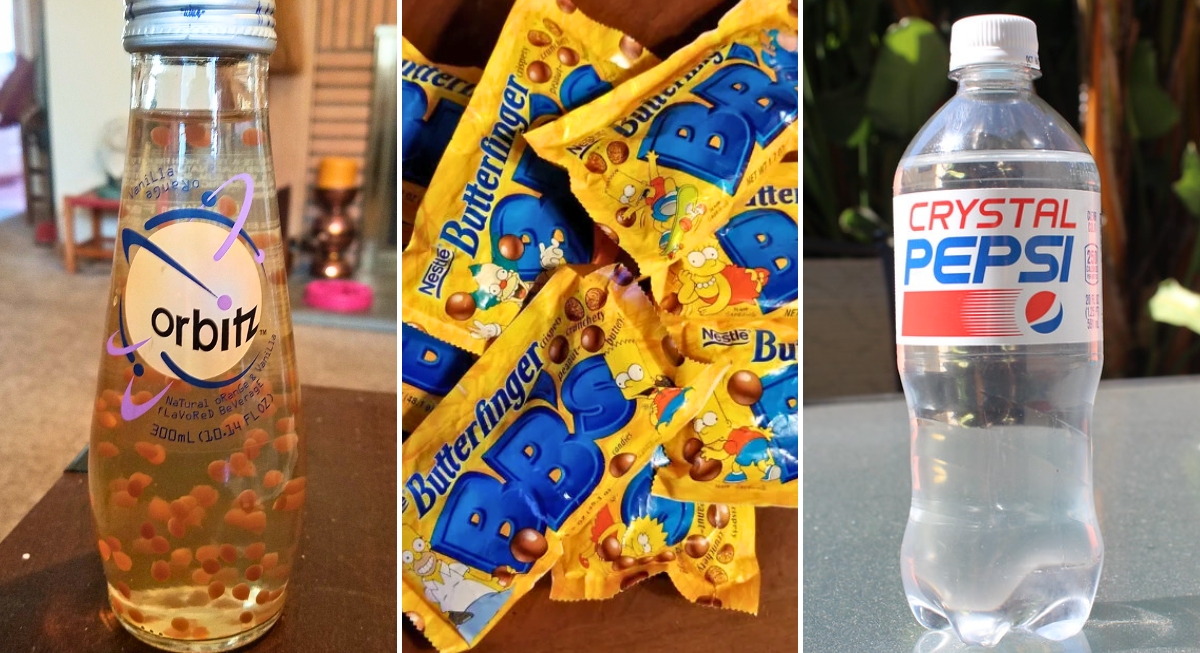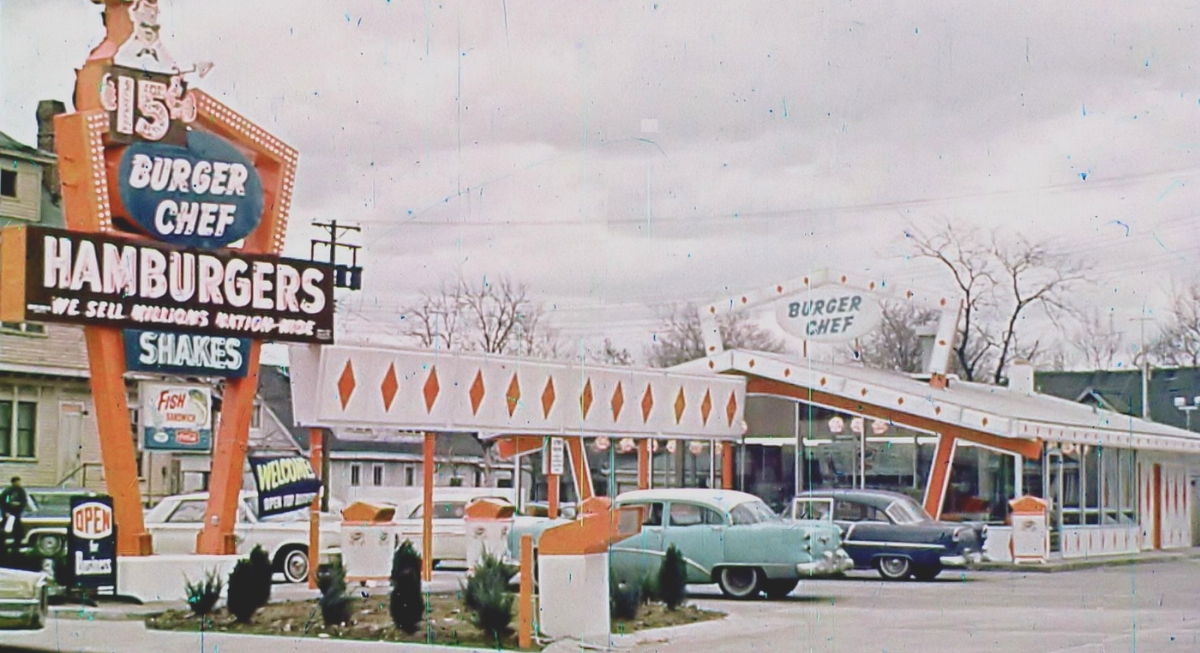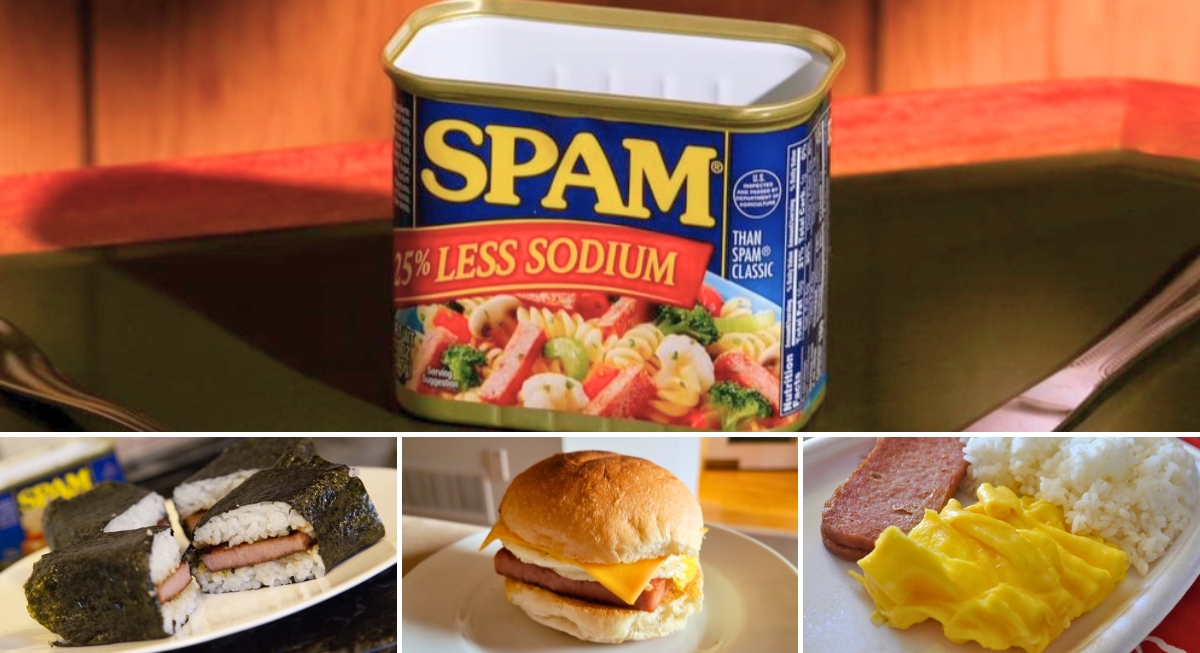In the 1960s, working-class school lunches focused on speed, cost, and shelf life. Sandwiches needed to last through the morning without refrigeration and still hold together by noon. Most were assembled in minutes using whatever ingredients were on hand.
These sandwiches became routine, but they shaped how kids ate for years.
Baloney and Mayo on White Bread

Credit: Getty Images
No lunch defined the era like this one. Processed baloney and a swipe of mayo, packed between two slices of soft white bread, showed up in millions of lunchboxes. The sandwich had about 80 calories and almost no nutritional value beyond sodium and fat. The bread often turned gummy within hours.
Deviled Ham Spread Sandwich
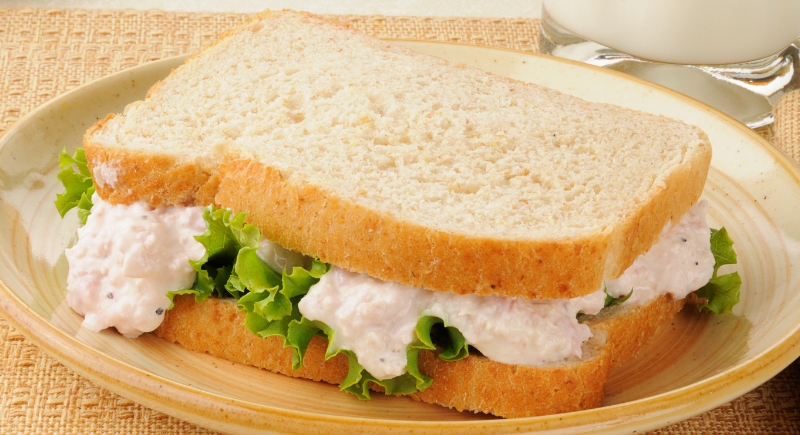
Credit: Getty Images
This spread, made with Underwood’s canned deviled ham, had a sharp, meaty taste that hit before you even opened the wax paper. The paste, mixed with mayo or relish, was high in salt and preservatives. The product had been around since the 1800s, but sales peaked in the ‘60s.
Fluffernutter Sandwich

Credit: flickr
First popularized in New England, the Fluffernutter Sandwich spread nationwide through the ’50s and ’60s. Today, it still has a loyal following—and even its own dedicated day on the calendar. National Fluffernutter Day falls on October 8, when the sandwich appears in diner menus and school lunchboxes.
Apple and Cheese Sandwich

Credit: flickr
Though not as standard as PB&J, combining fruit and cheese in sandwiches dates back decades and was common in school lunches around the mid-20th century. Apples were affordable, widely available, and didn’t spoil right away, which made them a practical addition to sandwiches in the decade.
Olive Loaf on White Bread
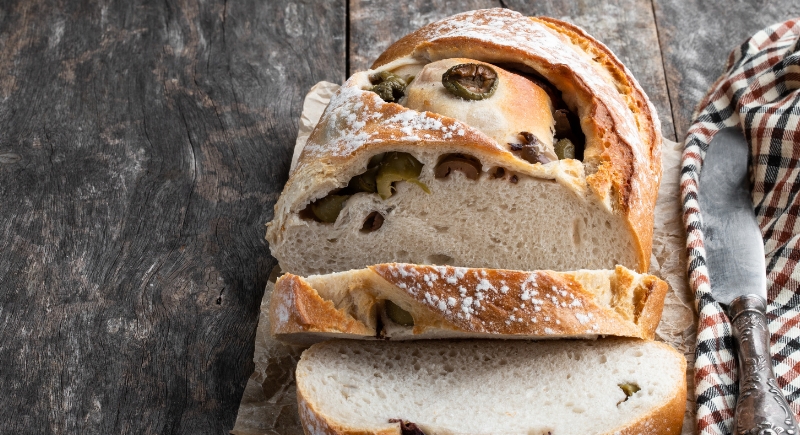
Credit: Getty Images
Soft, spongy meat was combined with rubbery chunks of green olives. The olives leaked brine into the bread and left damp patches. Grocery stores sold it cheap, usually in assorted cold-cut packs aimed at families feeding multiple kids on one paycheck.
Egg Salad with Paprika
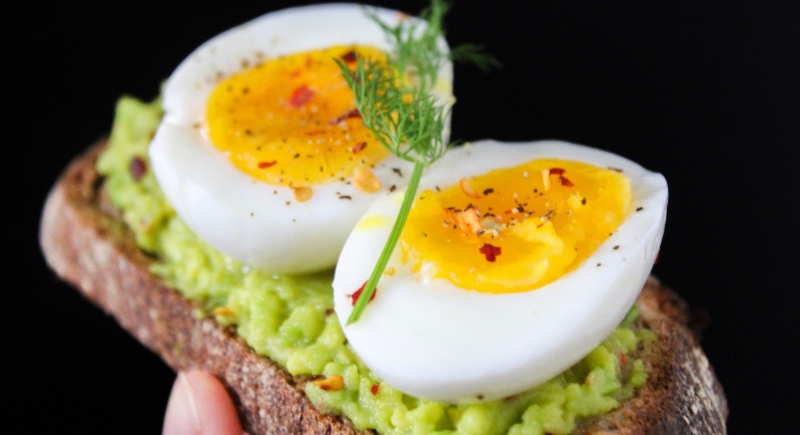
Credit: pexels
Mid-century diet guides praised the egg salad with paprika sandwich as both nutritious and inexpensive. It became especially common after holidays like Easter, when fridges overflowed with hard-boiled eggs no one wanted plain. The spread was easy to put together after being blended with mayonnaise and a small amount of mustard.
Mayonnaise and Lettuce on Bread
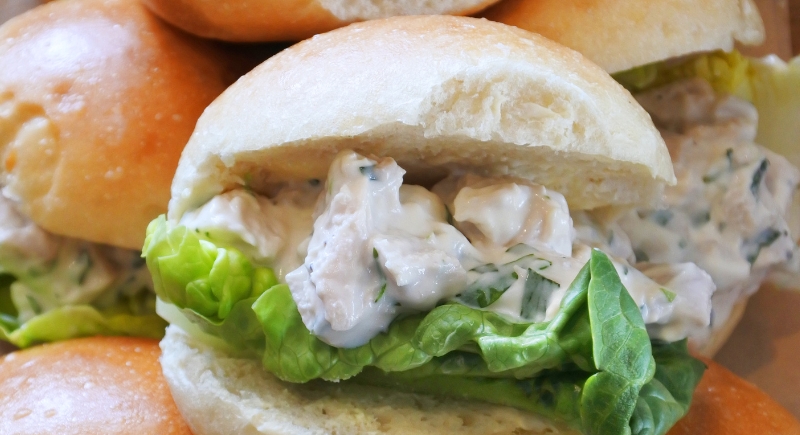
Credit: Getty Images
To substitute meat with what was available, parents relied on iceberg lettuce and mayonnaise to bridge the gap. A few leaves on white bread with a thin spread of mayo made up the entire meal. It delivered about 150 calories and little protein, but the ingredients were inexpensive and accessible.
Spam and Cheese on Rye
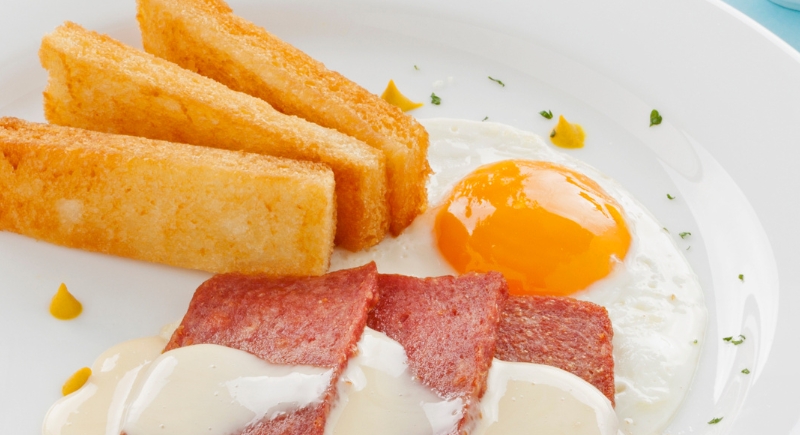
Credit: Canva
Spam first appeared in the 1930s and remained a lunchbox regular through the 1960s, particularly in working-class households. When paired with processed cheese on rye, it created a salty, compact meal.
Tuna Salad on White Bread

Credit: Canva
Under warm lunchbox conditions, mayonnaise-based fillings readily became a concern. Put together with canned tuna and no refrigeration, a tuna salad sandwich sat for hours before being eaten. Around noon, food safety was a real question. USDA food bulletins in the 1960s cautioned against unrefrigerated tuna-mayo mixtures, but the guidance was mostly overlooked.
Cream Cheese and Jelly
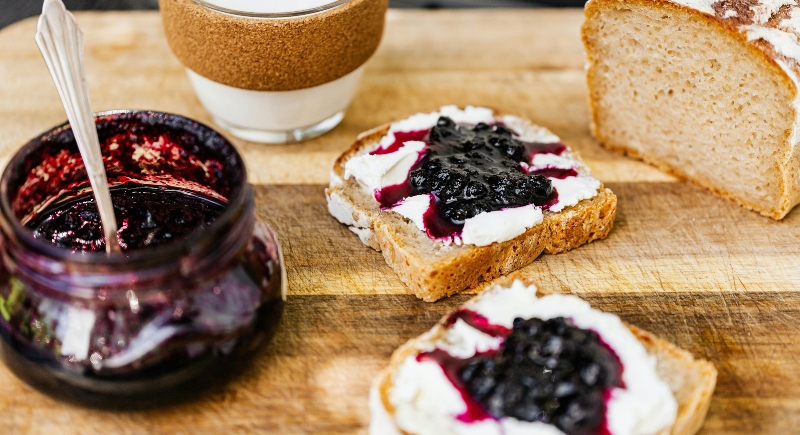
Credit: pexels
Though less widespread than peanut butter and jelly, this combination of cream cheese and jelly served as a go-to option for children with peanut allergies. Cream cheese contributed fat and a small amount of protein, while jelly added sugar and softened the texture. Philadelphia brand cream cheese led the category at the time.
Grilled Cheese
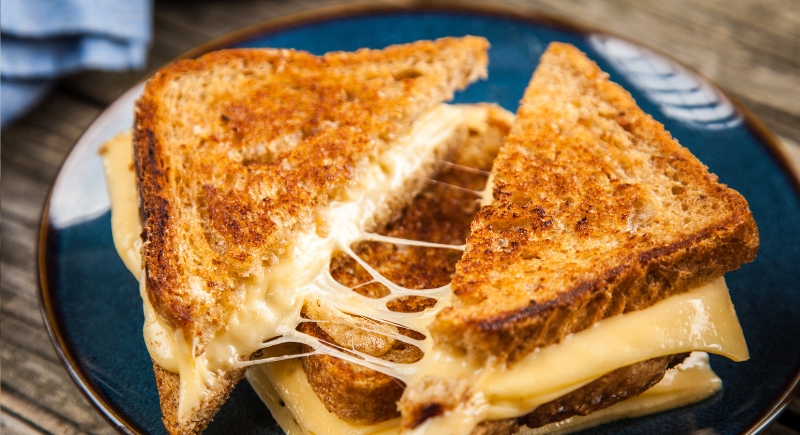
Credit: Canva
A Grilled Cheese sandwich lost most of its appeal by lunchtime. Once crisp from the pan, the bread turned soft and greasy in the lunchbox. The melted American cheese, chosen for its ease and low cost, congealed into a solid, rubbery sheet.
Peanut Butter and Jelly
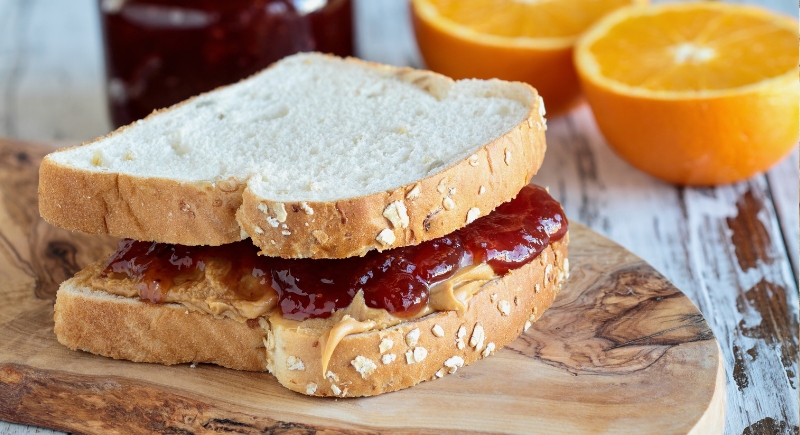
Credit: Getty Images
A PB&J during lunch remained popular, then and now, because it took two minutes to make and kept kids full for hours. Peanut butter delivered fat and protein, while jelly added sugar. In the 1960s, brands like Jif and Welch’s were household staples.
Sloppy Joe on a Bun
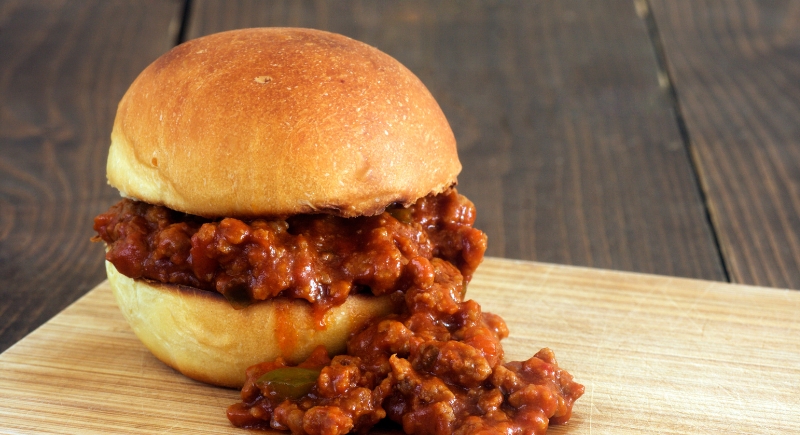
Credit: Getty Images
This Sloppy Joe sandwich rarely reached lunchtime intact. It was filled with ground beef and sweetened tomato sauce, and lost its flavor quickly in a packed lunch. While Manwich sauce hit store shelves in 1969, parents improvised with ketchup, sugar, and pantry spices to recreate the same sticky, tangy filling at home before then.
Butter and Sugar Sandwich

Credit: Reddit
Cutting grocery costs meant relying on the simplest combinations. According to grocery ads, a butter and sugar sandwich was made with white bread, a layer of butter, and a dusting of sugar and cost less than ten cents per serving. Sometimes cinnamon was added, but even without it, the result was more or less the same.
Ketchup Sandwich

Credit: Facebook
The ketchup sandwich is well-documented in Depression-era and postwar food writing as a fallback meal. While it’s most closely associated with earlier decades, it persisted into the 1960s in low-income households.


